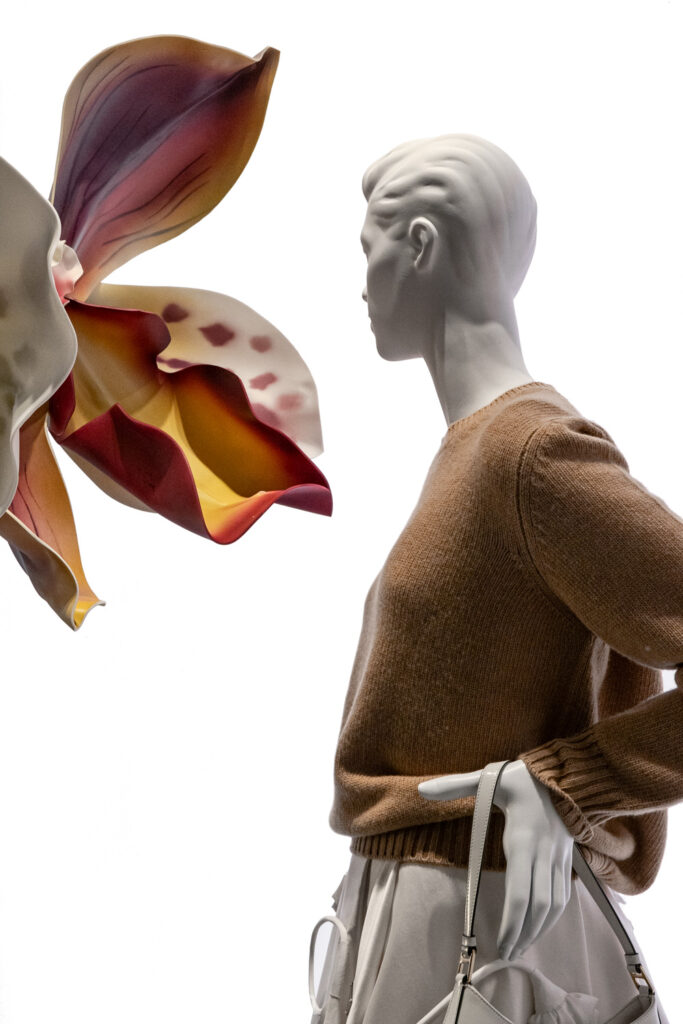home / LOCKED CONTENT
MEMBERS ONLY:
UNLOCK VM SCIENCE
Join free to view this display breakdown and unlock access to the full VM Archive and Journal.

2023/07 Prada – In Conversation with a Flower
what you access today
12,000+ VM photos
100+ retail strategy breakdowns
31 display types classified
5 science-backed frameworks
see the science behind our work
All archive insights are organized by the VM Formula and the DSER Method. Discover how these frameworks transform creativity into consistent performance.
🔍
Dissect
📐
Strategize
🚀
Elevate
♻️
Refine
Our DSER Consulting program aligns brand, product, and retail teams in under six months and a 30% faster concept roll-out on average—backed by KPIs and a living VM Canvas.
Peter Hamer
about i see windows
Founded by Peter Hamer in 2016, i see windows blends science-backed strategy, editorial photography, and hands-on creative consulting. Trusted by brands such as Ginori 1735, La Perla, and Wolford we turn visual merchandising into measurable business value.
need strategy now?
Our DSER Consulting program aligns brand, product, and retail teams in under six months—backed by KPIs and a living VM Canvas.
ready to unlock the archive?
Founding tier membership is free*—secure lifetime access before premium tiers launch.
*founding tier closes 31 dec 2025.
This countdown has been ended already!

